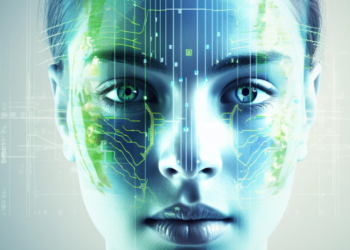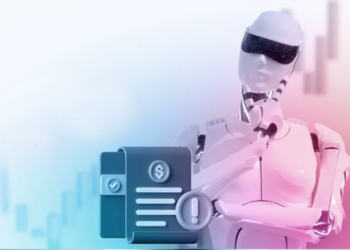Traditional apps are created under a brand. All our personal information, app interactions and behavioural patterns are recorded by that one brand. What they do with this information is unknown in a lot of cases. Data leaks open up the doorways for identity theft, phishing schemes, cyberattacks and much more. In the latest data breach recorded, more than 26 billion people’s data were exposed. Trusting a single entity with your information can be risky. However, the future holds a technology that decentralizes ownership and functioning.
Enter d’Apps, built on blockchain technology, the same system that powers cryptocurrencies. These applications operate on a distributed ledger, meaning they’re well-shielded and resistant to manipulation.
In this blog, we delve into the technical nitty-gritty of d’Apps and discuss the challenges and opportunities that lie ahead.
What Is a d’App?
A d’App, also known as a decentralized application, is a software application that runs on a distributed computing system rather than a single centralized server. This type of application operates on a network of computers, often leveraging blockchain technology to maintain its decentralized nature.
In this context, no single entity or authority has control over the entire network. Instead, control is shared among many different nodes or participants in the network. This ensures that no single point of failure exists, enhancing the robustness and resilience of the system.
These apps are built on top of blockchain platforms like Ethereum, EOS, or TRON and utilize smart contracts, which are self-executing contracts with the terms of the agreement directly written into lines of code. This allows for a transparent and direct interaction between parties, eliminating the need for intermediaries.
d’Apps are also characterized by their use of cryptographic tokens or ‘crypto tokens’. These tokens, which can be earned or purchased, are used within the d’App ecosystem for various purposes, such as accessing certain features or participating in the application’s governance.
Advantages of d’Apps over Traditional Apps
Transparency: d’Apps offer enhanced transparency. All transactions and changes made within the system are recorded on the blockchain and are visible to all users. This level of transparency can help to build trust among users and stakeholders, as it is clear and verifiable what actions have been taken.
Disintermediation: Another key advantage of d’Apps is their potential for disintermediation. By removing the need for a central authority or intermediary, d’Apps can facilitate peer-to-peer interactions. This can result in lower costs for users, as there are no middlemen taking a cut of transactions.
Censorship: d’Apps are also resistant to censorship. Given their decentralized nature, it is nearly impossible for any entity to control or limit the content on a d’App. This makes them an attractive option for those seeking a platform for free and open communication.
Control Over Data: Finally, d’Apps can offer users a higher level of control over their own data. In a traditional app, user data is often controlled and owned by the app’s creator. However, in a d’App, users can retain control over their own data, enhancing privacy and data security.
Open-source Code: Unlike traditional applications, d’Apps are open-source, meaning their code is publicly accessible and can be audited by anyone. This transparency fosters trust among users as they can verify the application’s functions and security measures.
Future of Applications: The Role of d’Apps
The world of applications is set to undergo significant changes with the rise of d’Apps. By eliminating the need for intermediaries, d’Apps can streamline processes and reduce costs, making them more efficient than their centralized counterparts. They also offer users more control over their data, addressing growing concerns about data privacy.
However, the widespread adoption of d’Apps also presents challenges. These include scalability issues, user experience hurdles, and regulatory uncertainties. Overcoming these obstacles will be crucial for d’Apps to fulfil their world-changing potential.

















